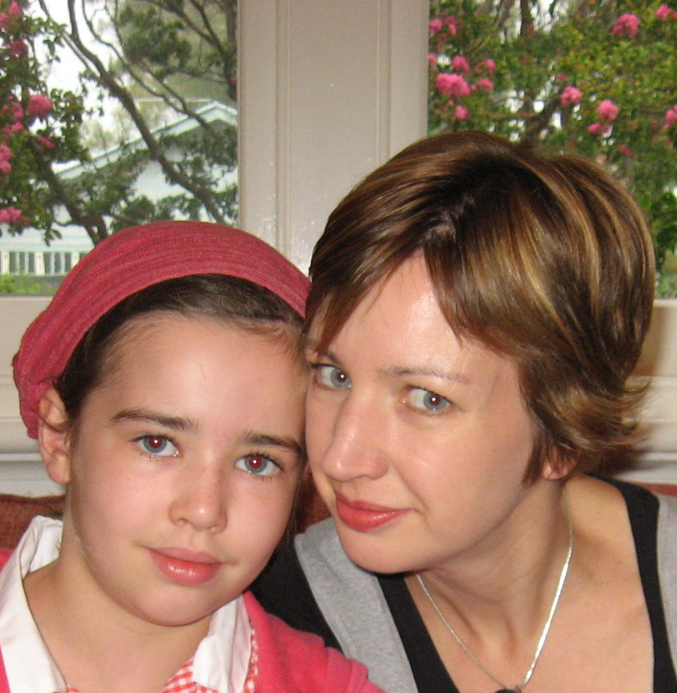
Our family’s epilepsy journey began when our daughter was six years old. After a very healthy, non-eventful early childhood, our daughter Freya began having focal seizures. The seizures would initially respond to medication but become resistant quickly. Her seizures took many forms, always keeping us on our toes about what would come next. Her presentation was highly suspicious of Rasmussen’s Encephalitis.
Over the next five years, she had periods of relatively low levels of seizures, but they never went away, and by the time she was 10, she was in and out of hospital, her quality of life was poor (as was ours), and learning was a struggle. We knew that a hemispherectomy was the only option. Her treating team was initially reluctant for her to have a hemispherectomy because of her lack of physical deficits, but in the face of her continued decline, Freya eventually had a right hemispherotomy at age 11.
The first six months after surgery were incredibly difficult. She experienced mood swings and difficult behaviors; she had to relearn to walk and adapt to life with the use of one hand. However, she has not had another seizure since the one she experienced being wheeled into surgery. There has never been a moment of regret. Her epilepsy surgery gave her back a life – yes, a different life to the one she was born into, but a seizure-free life full of promise.
Location: Australian
Languages: English

